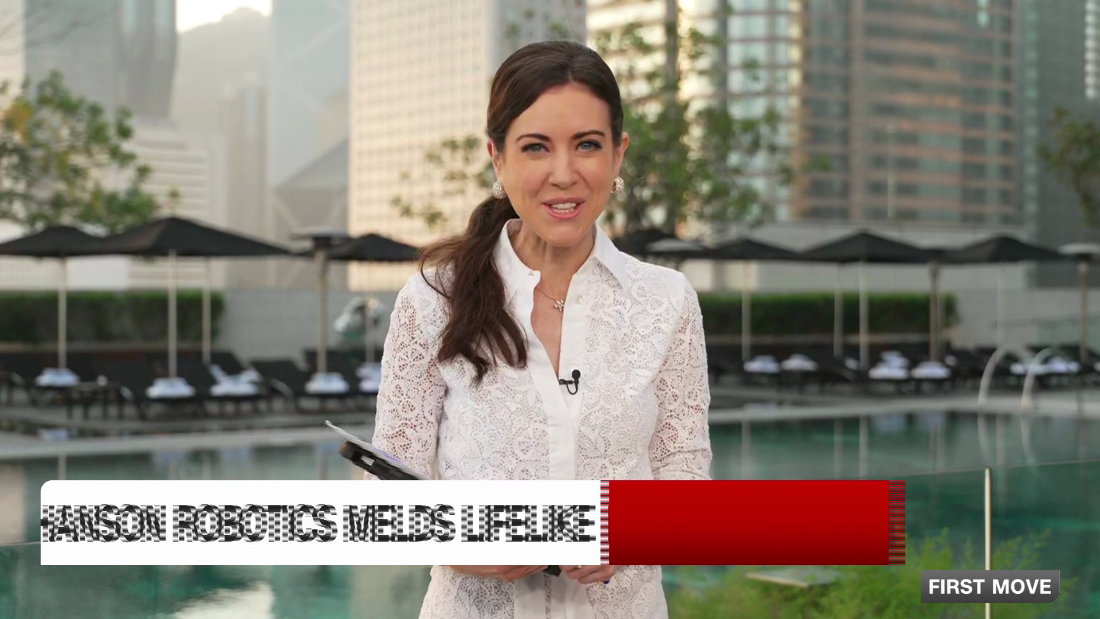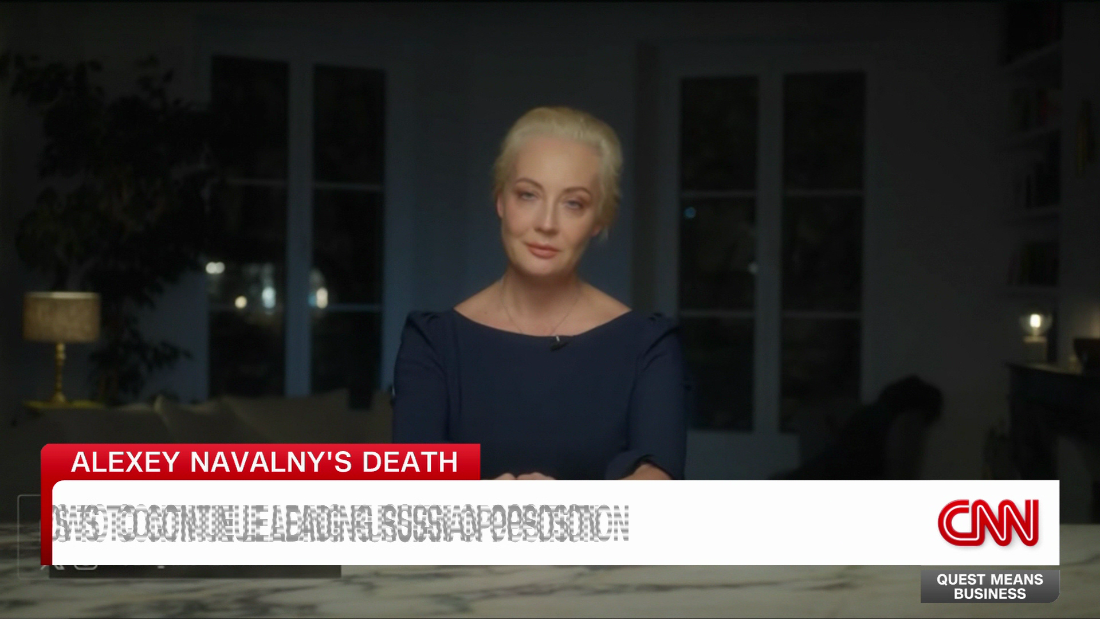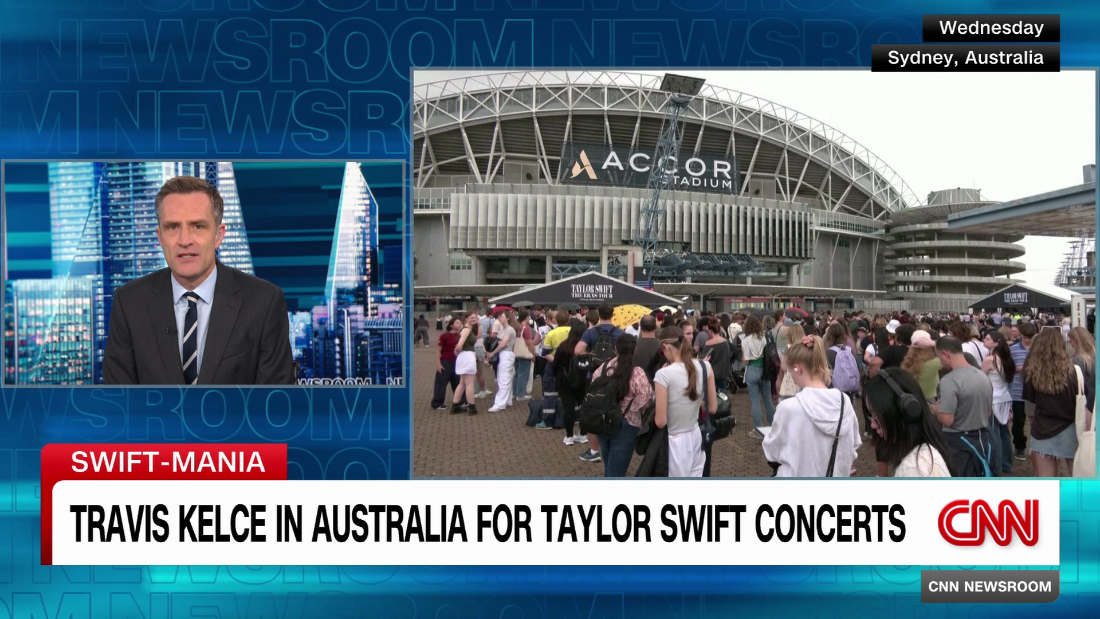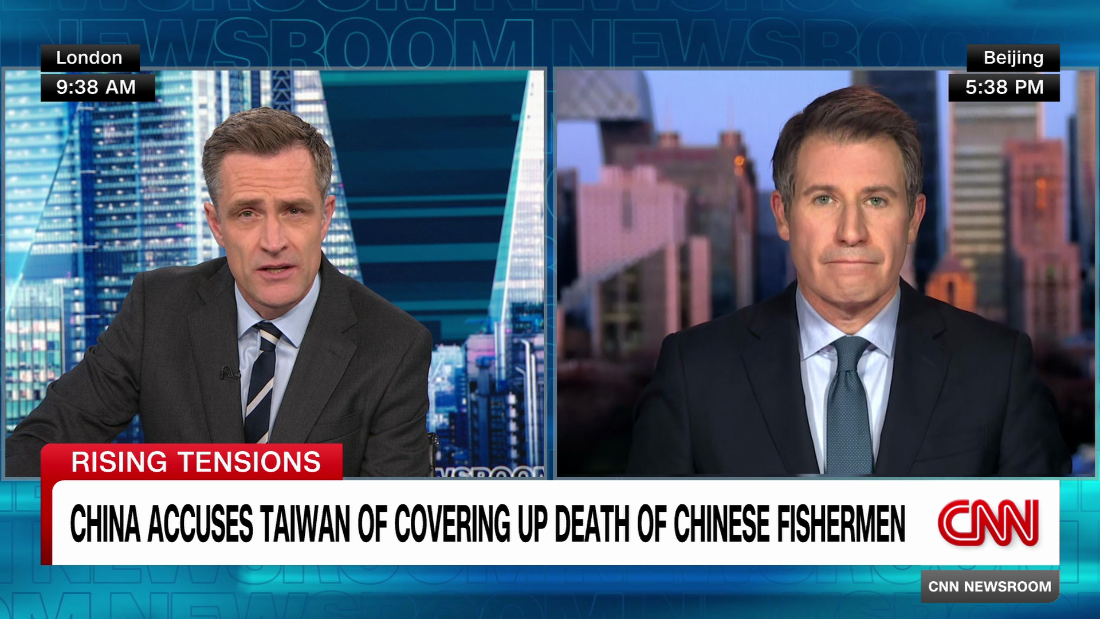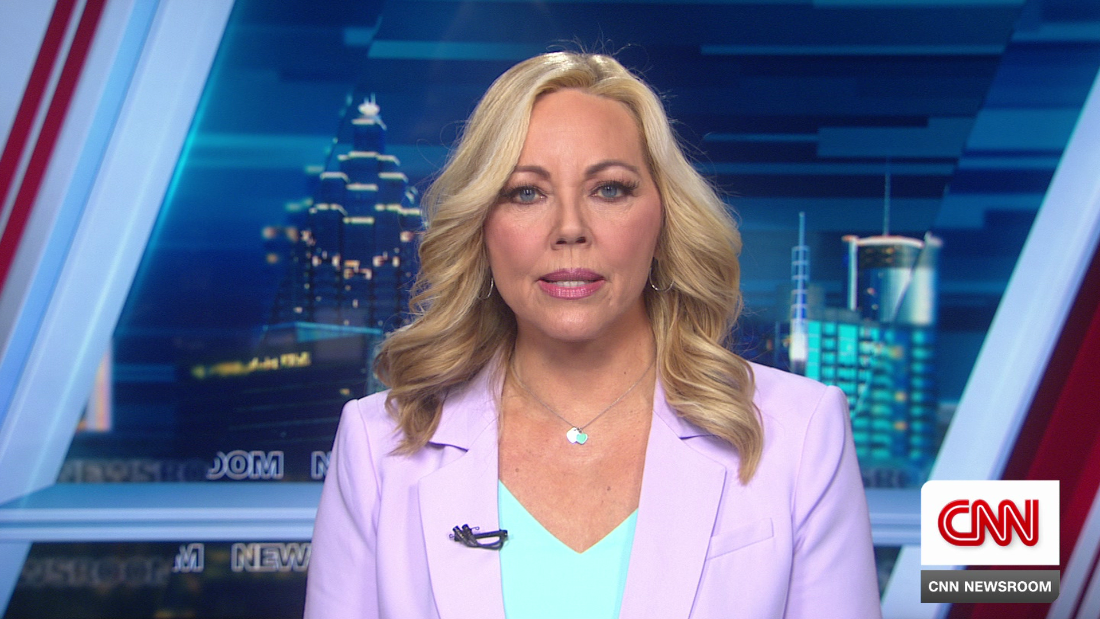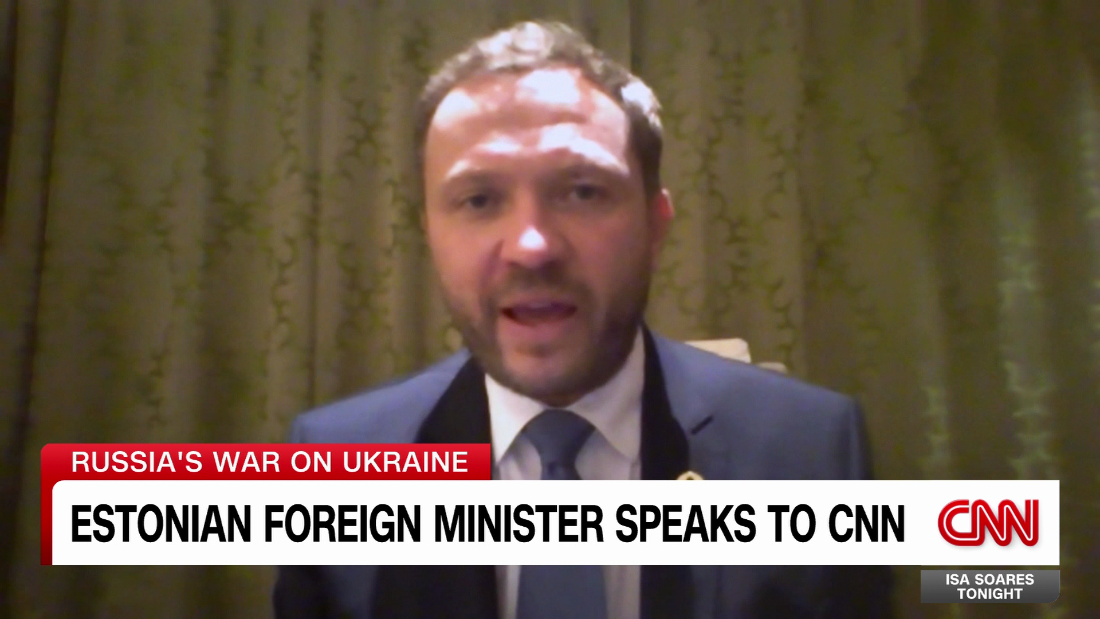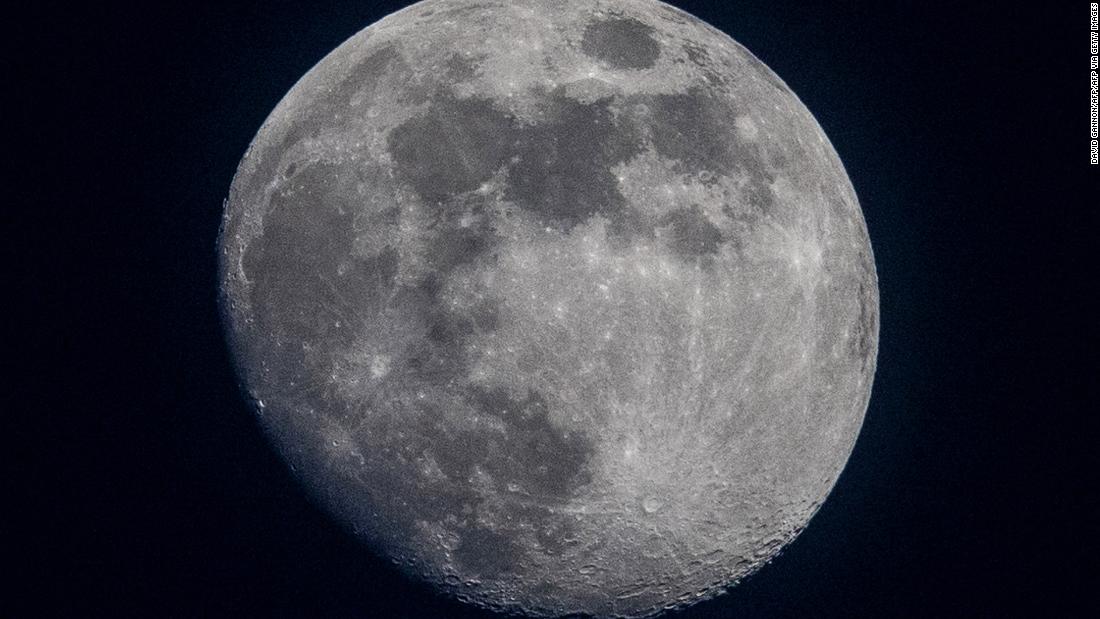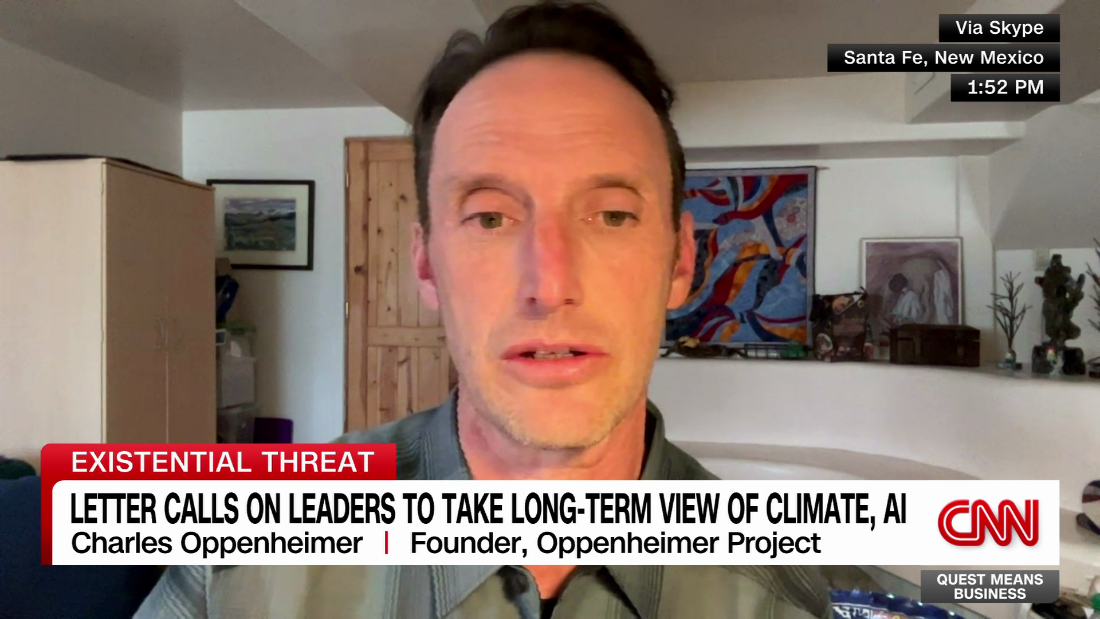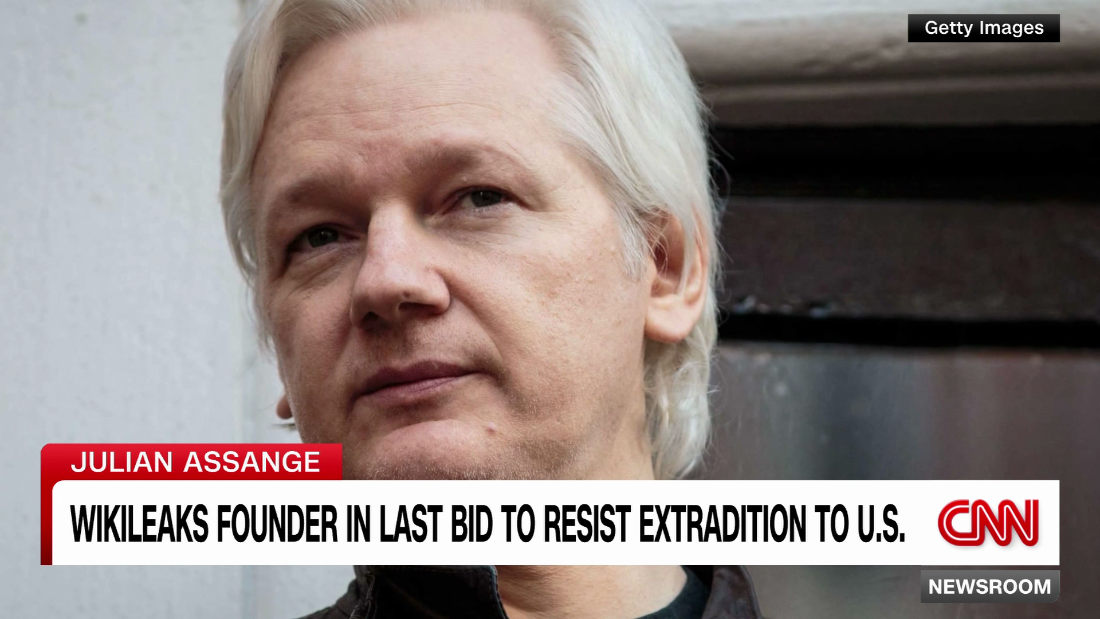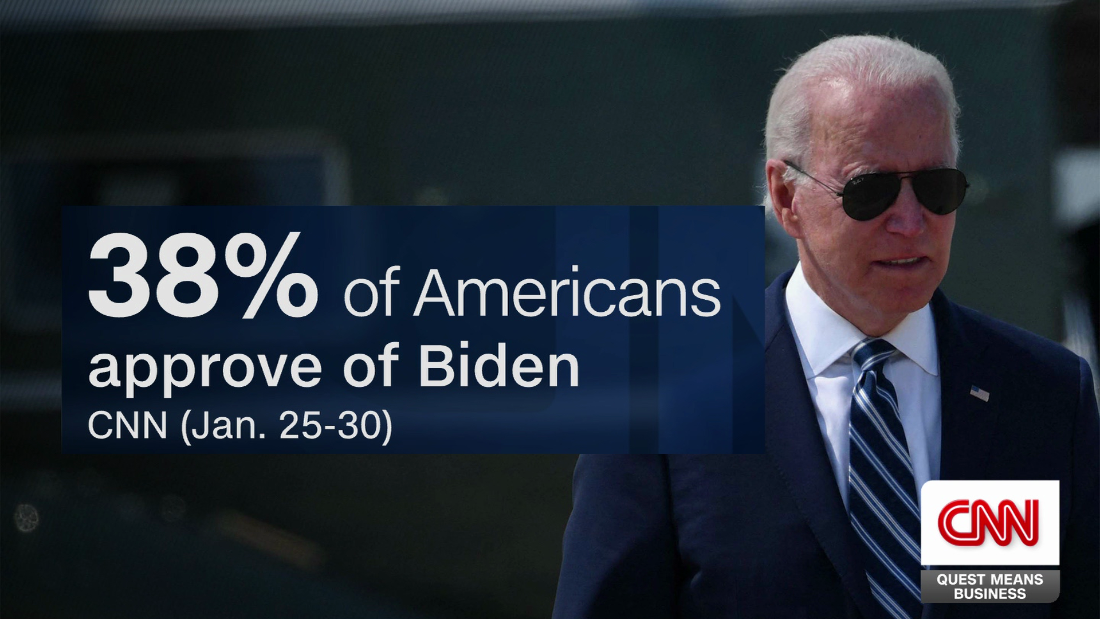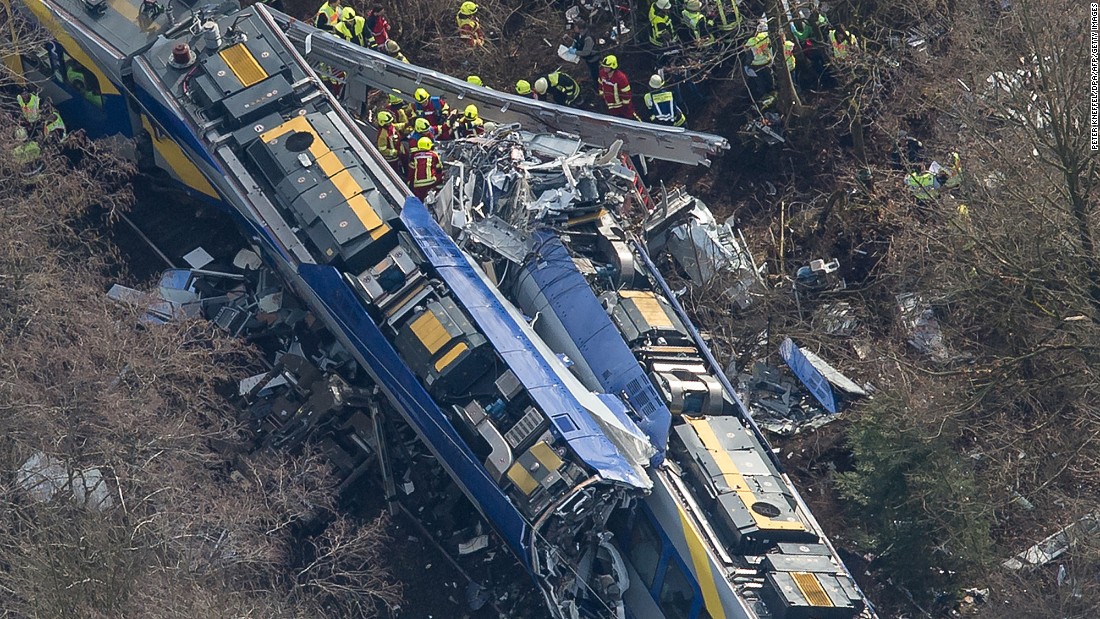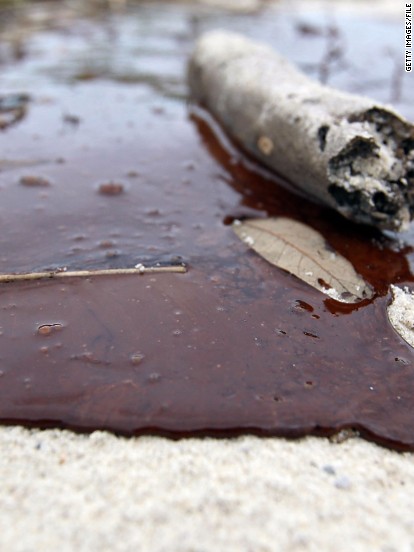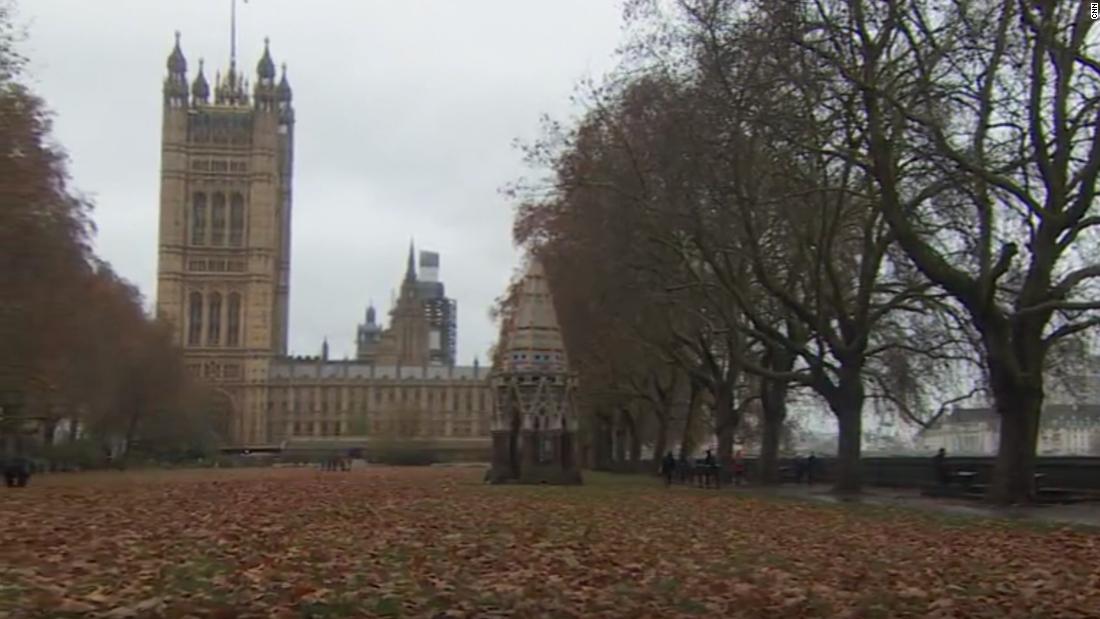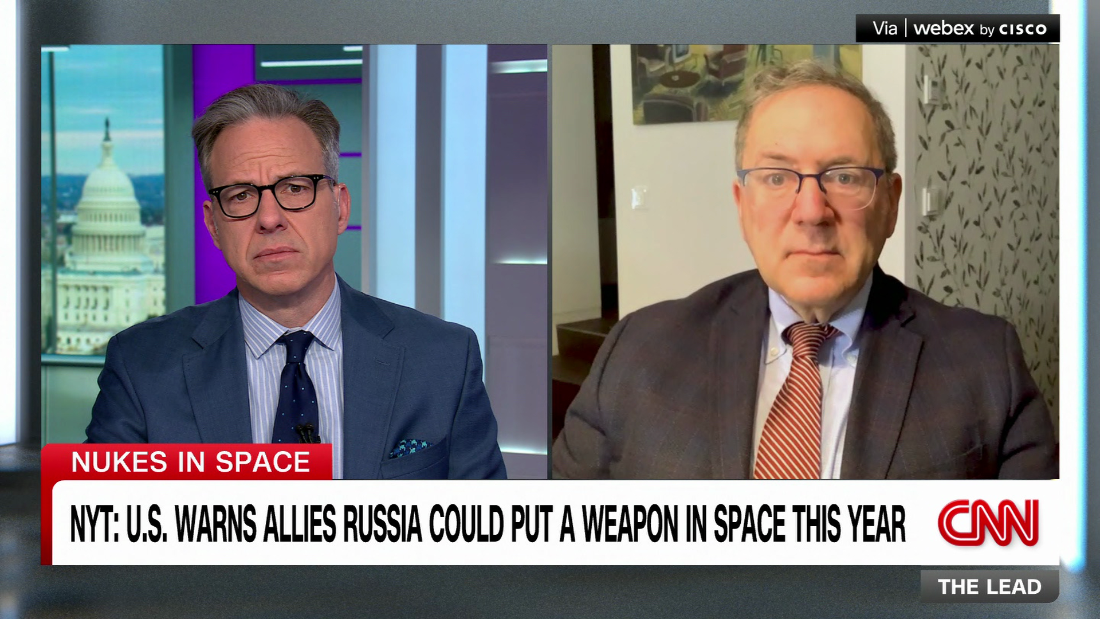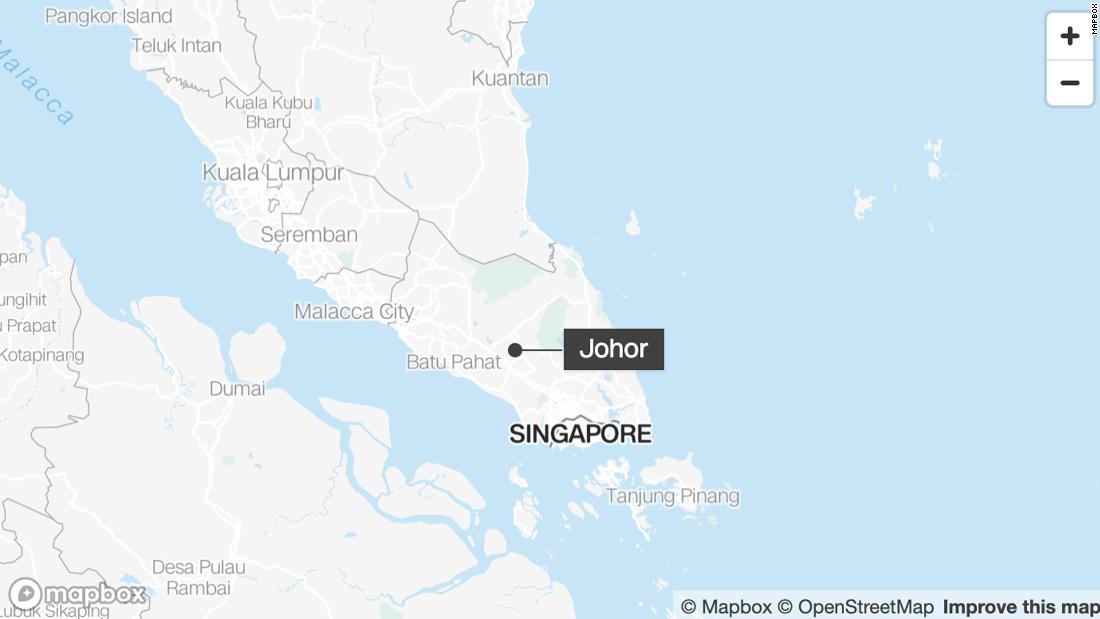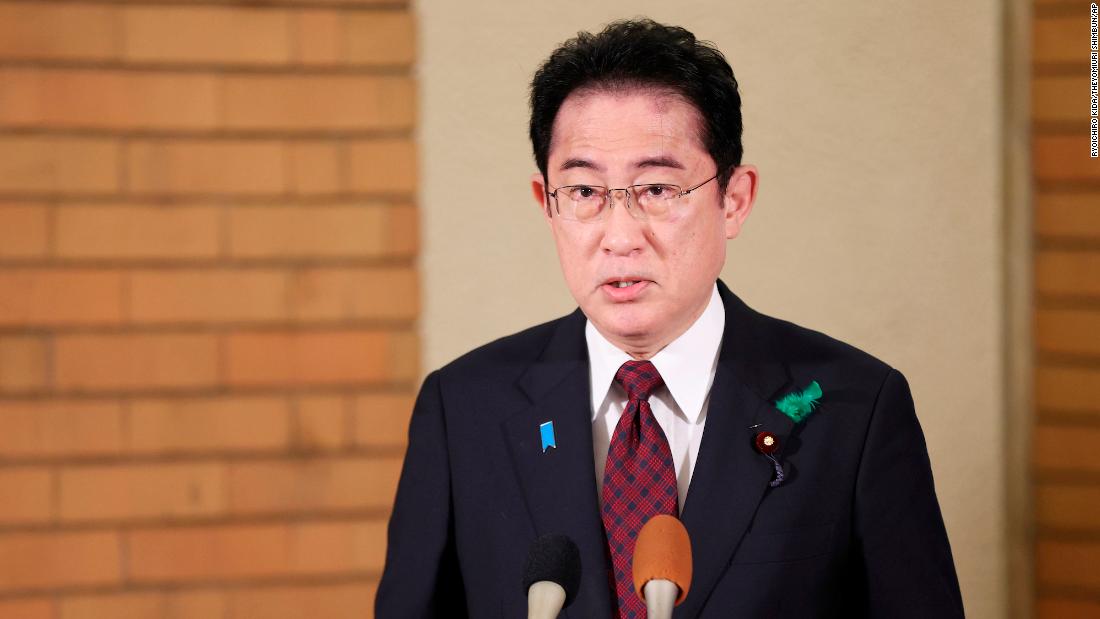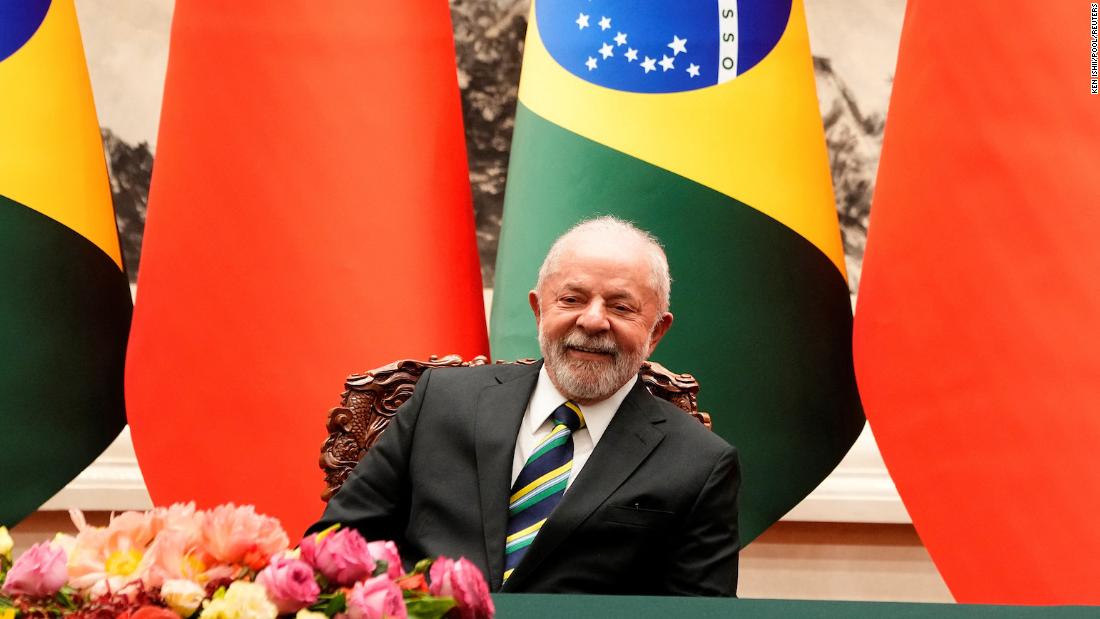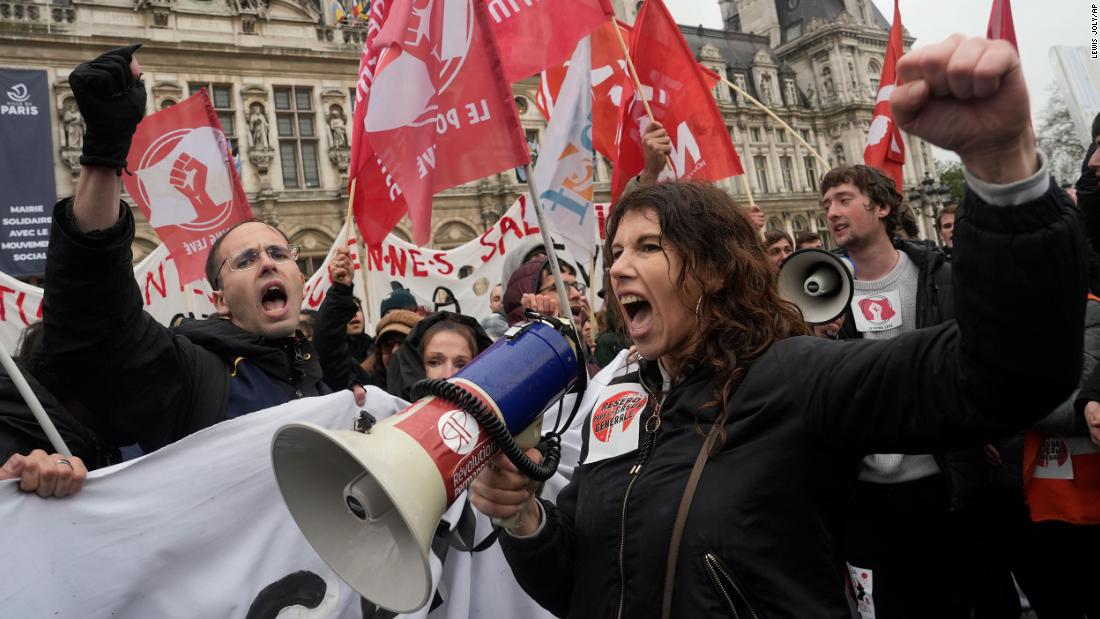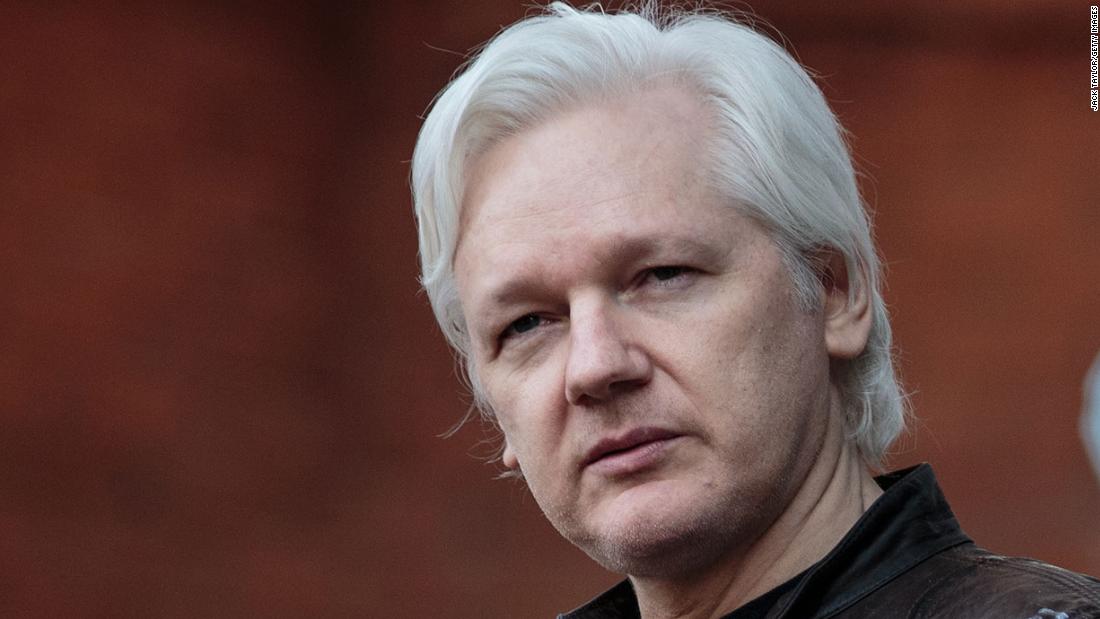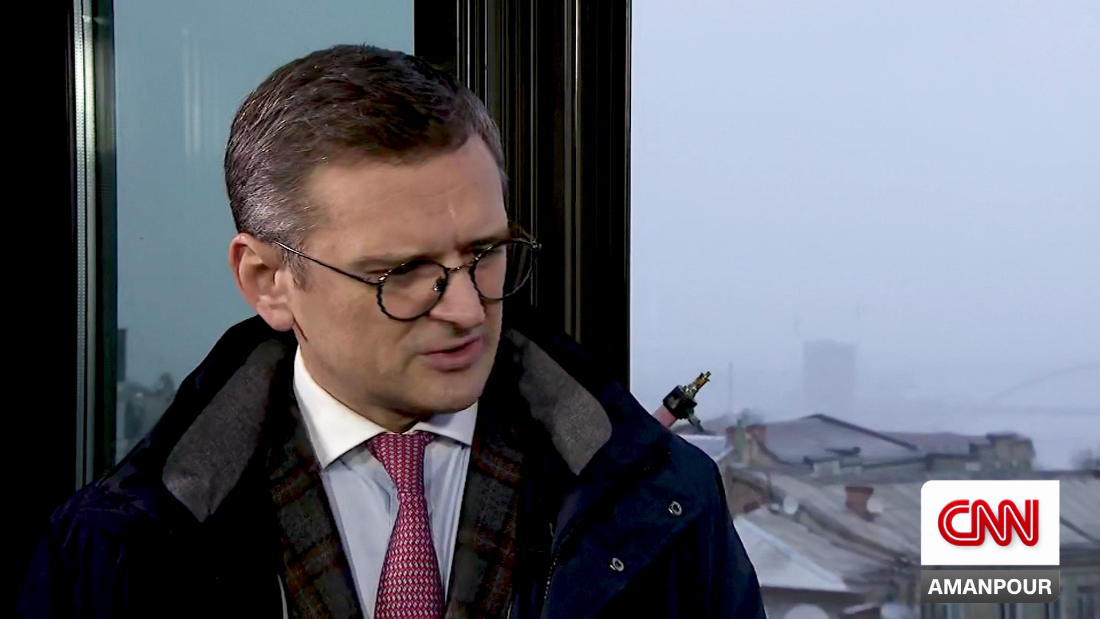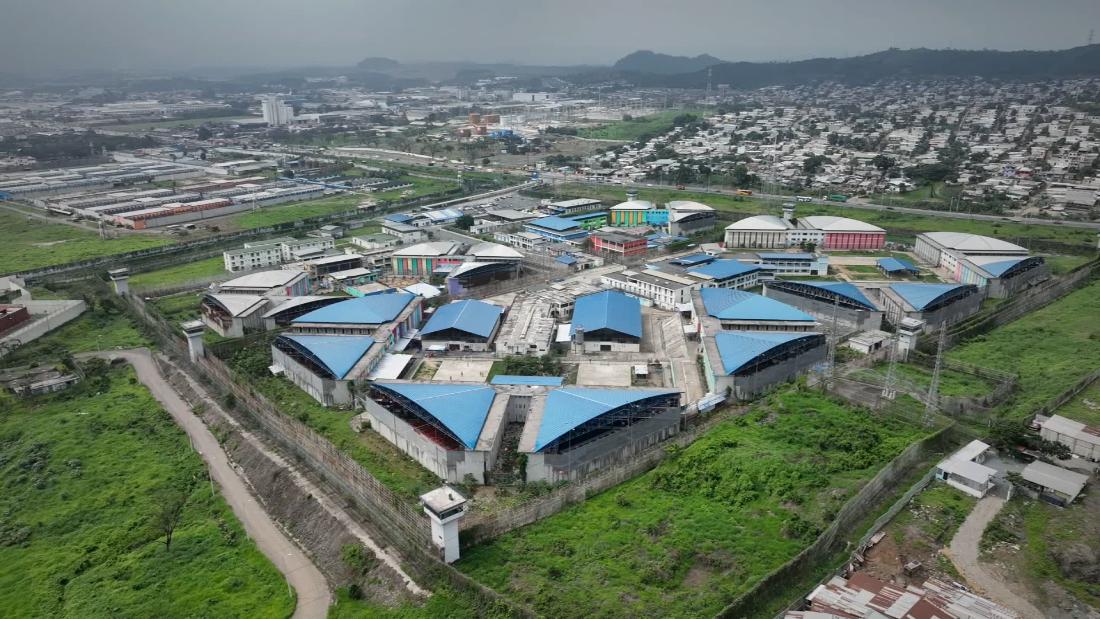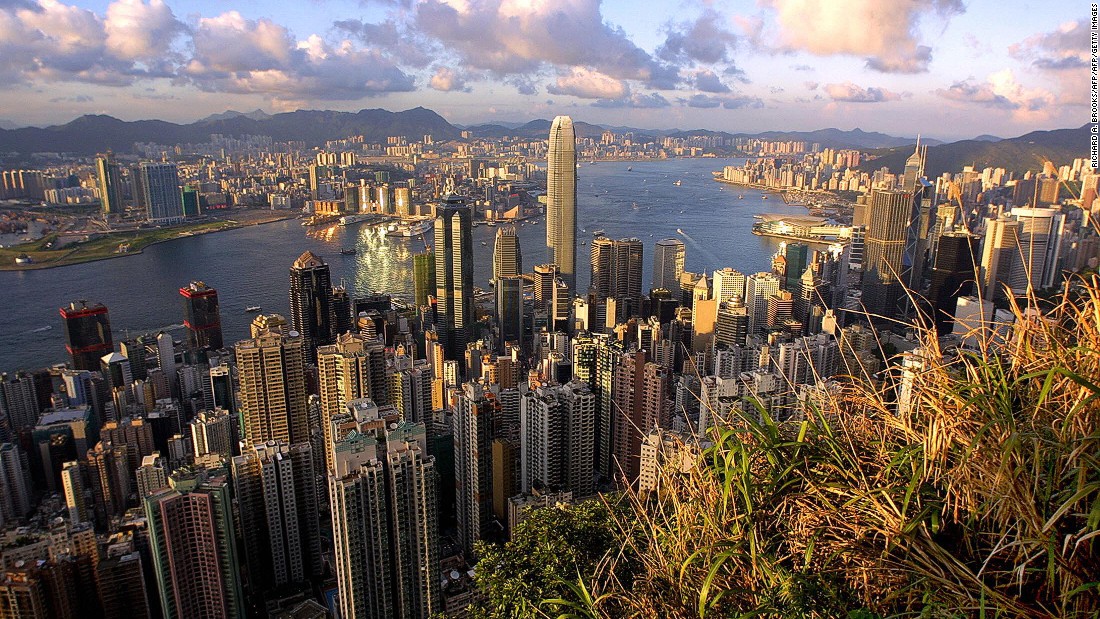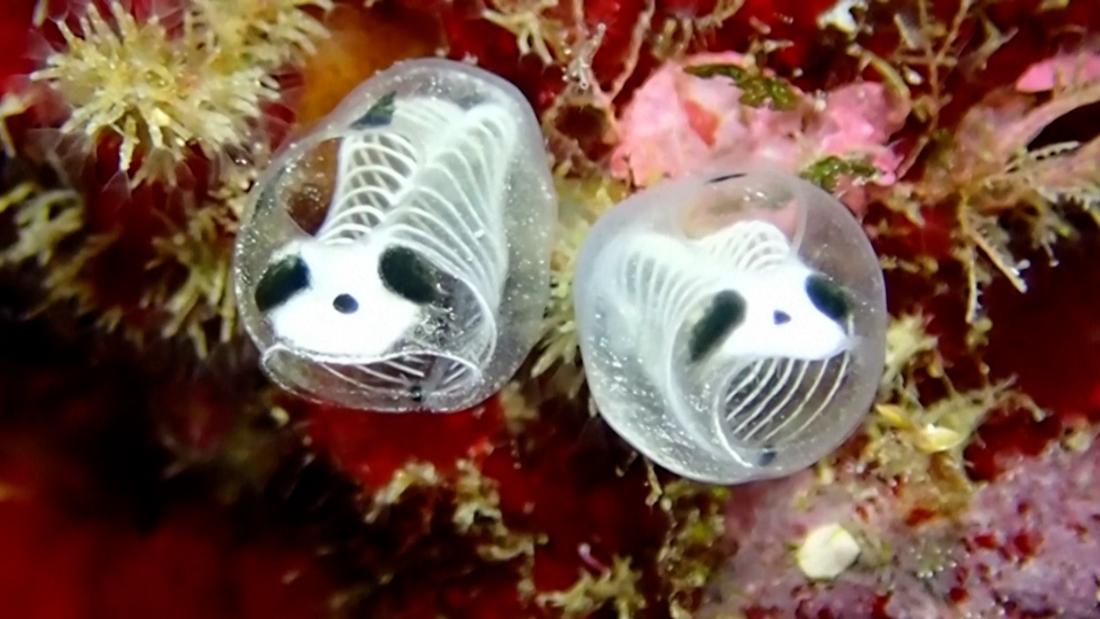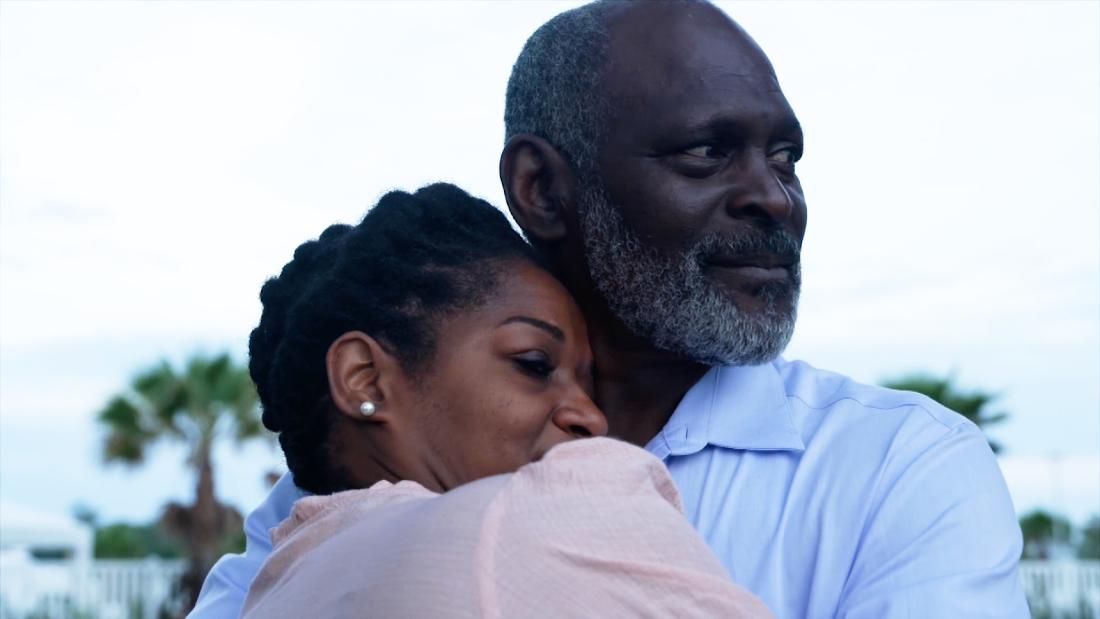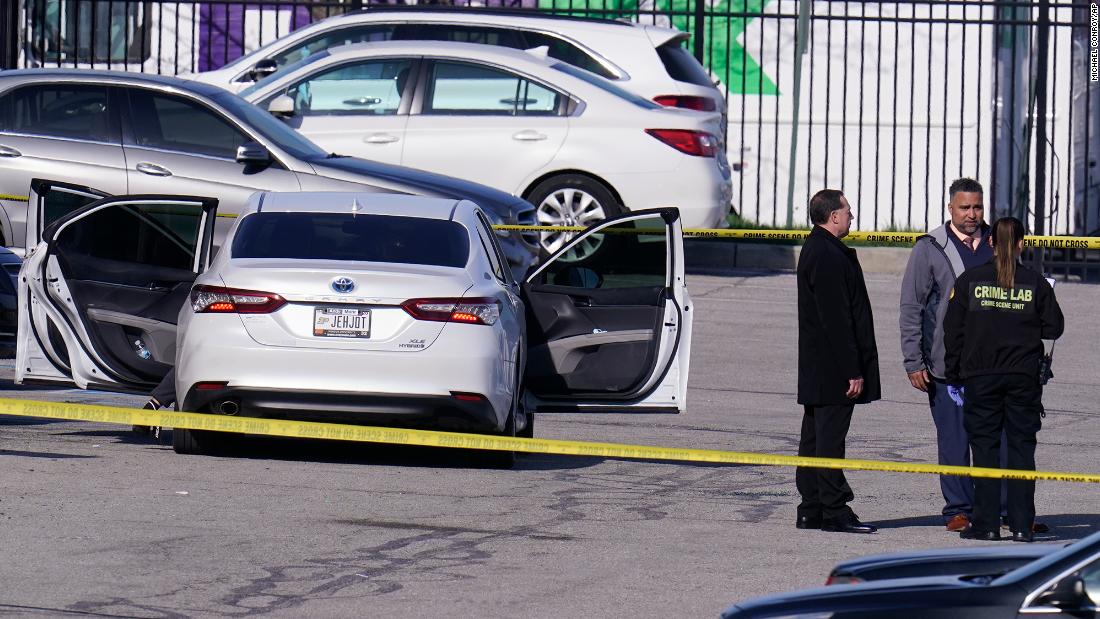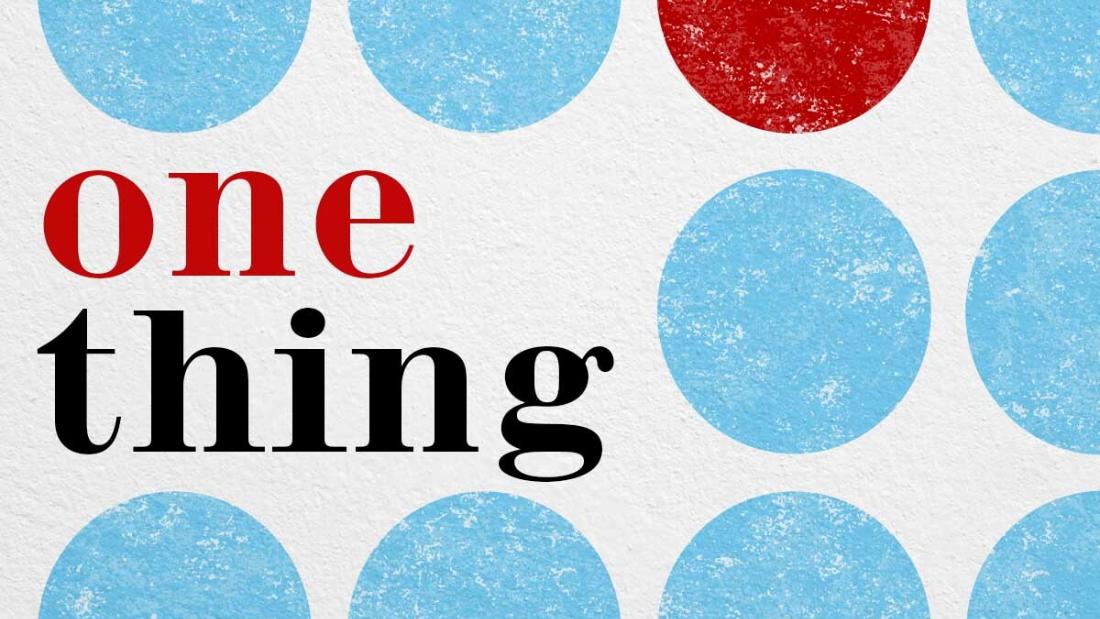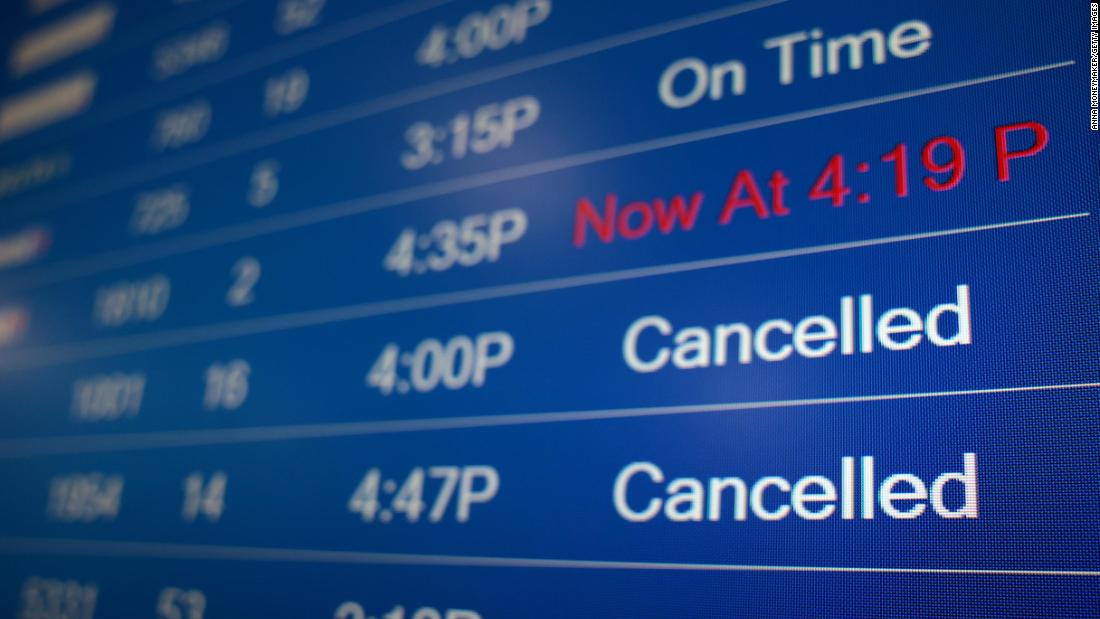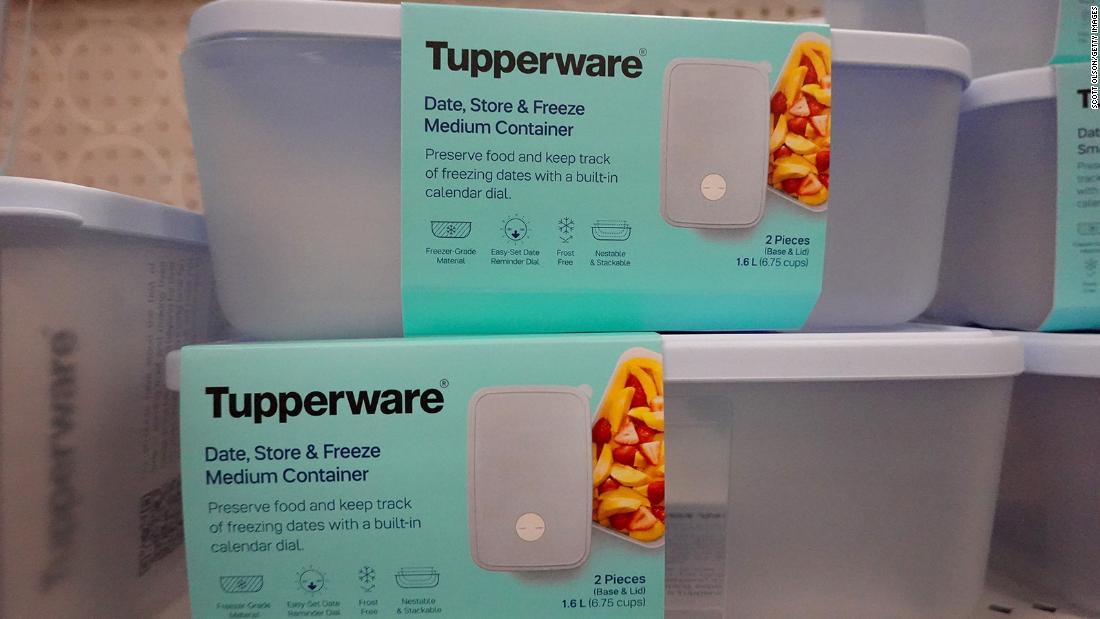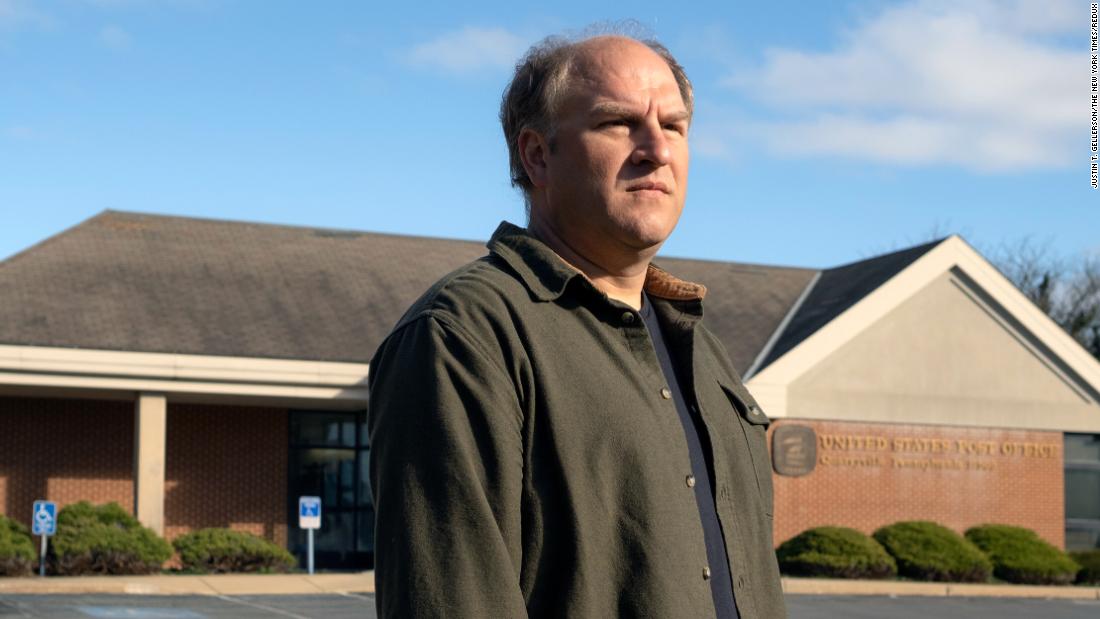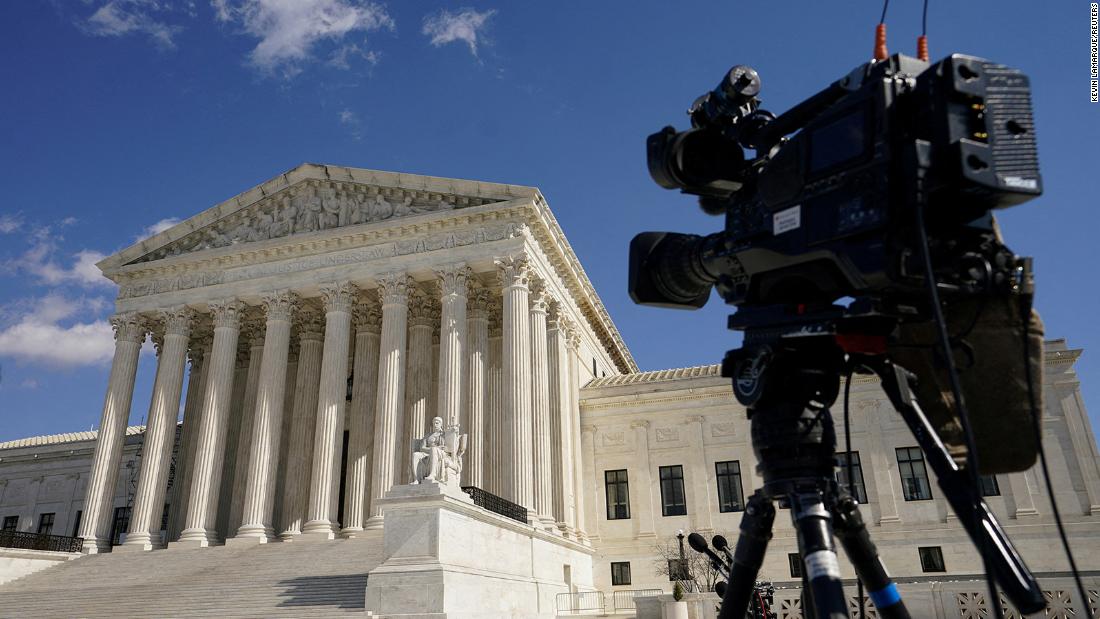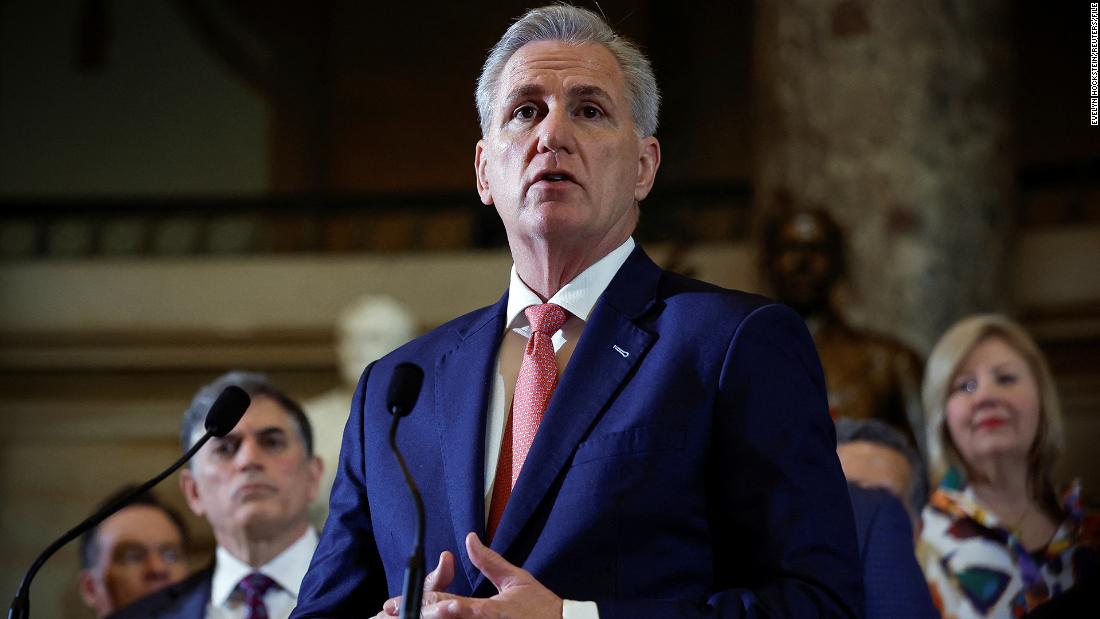THE newly nationalised Energy Systems Operator – which manages Britain’s electricity supply – was never going to demolish Ed Miliband’s cherished plans for clean electricity by 2030, at least not in public.
But it has come close to doing so, by telling the Government that its plans will be a “huge challenge” and will have to prioritise “pace over perfection”.
AlamyEd Miliband’s dream of clean energy by 2030 is heading for disaster – it will end up leaving us all in the cold[/caption]
GettyMiliband needs someone to tell him bluntly that he is heading for disaster[/caption]
You can say that again.
I wonder whether putting a photo of a traffic jam on the M25 on the cover of its latest report is a subliminal warning of what to expect: yet another malfunctioning piece of British infrastructure.
The ESO hasn’t actually come up with a detailed plan — it says that is the Government’s job.
But if Miliband is to achieve his dream it suggests, for example, that Britain will have to build as many offshore wind farms in the next two years as we have done in the past six.
No sun or wind
This will be a challenge in itself, given that wind farm investors have gone a bit cool in recent years.
An auction for the rights to build new turbines last September attracted not a single bid, and investors only came on board after Rishi Sunak increased the guaranteed, subsidised prices for wind energy by 70 per cent.
Building wind farms is only part of the challenge, however.
They also have to be connected to the grid.
Given that existing wind farm developers have been told they will have to wait up to 15 years for a connection, it seems somewhat improbable that we are going to have massive new capacity in just six years’ time.
The ESO says it would require 600 miles of new pylons and 2,800 miles of new undersea cables, all of which must be started within the next two years.
Gary Smith, general secretary of the GMB union, has already told the Government this is impossible — there simply aren’t enough specialist ships in the world to install so much cable in such a short time.
But Miliband has chosen not to listen.
Even if we could connect all the wind farms by 2030 we would be left with an acute problem: how to keep the lights on when there is no sun nor wind.
The supply of solar and wind energy is extremely variable. At 8am yesterday, for example, just four per cent of our energy came from these sources, compared with more than 50 per cent on some sunny and windy days in summer.
How does the ESO propose that the electricity grid copes with this?
It mentions the usual old chestnuts: hydrogen and carbon capture/storage.
GettyArtist Grayson Perry last year complained that a faulty meter had landed him with a £39,000-a-month bill[/caption]
Yet neither of these technologies yet exists in commercialised form — less than 0.1 per cent of the world’s hydrogen at present is “green” hydrogen produced from the electrolysis of water.
Does anyone really think they will be fully up and running by 2030?
The ESO proposes that all current gas-fired power stations are retained and put on standby — which it admits would mean they would have to be subsidised as it will be fantastically expensive to maintain them when they are only used intermittently.
Even in the best-case scenario, the ESO says that five per cent of our power in 2030 will still have to come from gas.
In other words, Miliband’s promise of 100 per cent clean energy is already dead.
But it is the ESO’s other proposal which should worry consumers most: for “innovative tariffs”.
Put bluntly, this means jacking up the price of electricity during sunless, windless periods to persuade us to turn off our appliances.
Another word for it is “rationing”.
In practice it could mean millions of people being unable to afford to heat their homes, cook or take a bath when the weather is unfavourable.
It would also mean every home in Britain having to be fitted with a smart meter. At present, 63 per cent of domestic meters are smart meters, yet the Government’s own data suggests that four million of these are dysfunctional.
Artist Grayson Perry last year complained that a faulty meter had landed him with a £39,000-a-month bill. He was one of many to receive such a shock.
System is failing
Miliband’s promise of fully clean energy by 2030 is just a pipe dream.
And what is the point of such a tight deadline anyway?
Britain already has one of the lowest-carbon electricity systems in the world (and some of the highest prices).
Why are we sacrificing reliable and affordable energy to achieve zero emissions when we account for less than one per cent of global emissions, and China, for example, is still generating 60 per cent of its power from coal?
Our renewables-heavy power system is already failing, on its own, to keep the lights on. Last year, we only coped by importing 12 per cent more of our electricity via subsea cables compared with previous years.
Miliband needs someone to tell him bluntly that he is heading for disaster.
Unfortunately, by nationalising the ESO he has surrounded himself with nodding donkeys who see it as their job publicly to back his plans, however daft.
Published: [#item_custom_pubDate]















